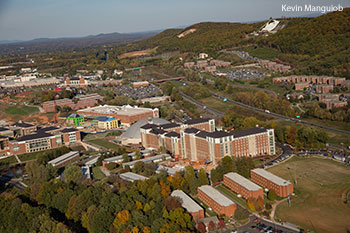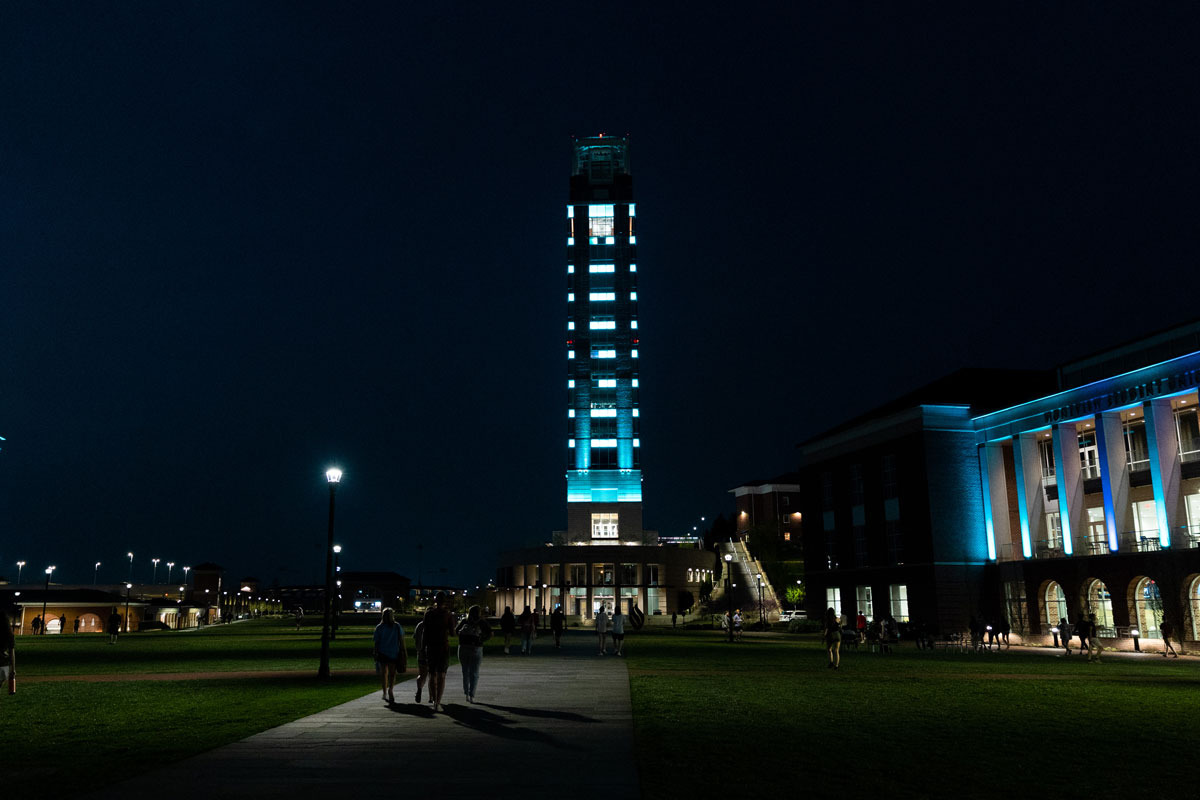Search News Archives
Filter News Articles
Additional Navigation
Liberty granted more flexibility with new zoning designation from city
January 23, 2016 : By Liberty University News Service

Lynchburg City Council recently granted Liberty University IN-2 Institutional Zoning, allowing for more new construction, improvements, remodeling, and demolition to continue with less hindrances. Liberty is the first institution to receive this new zoning designation.
The zoning gives Liberty greater flexibility in developing its properties as a matter of right, saving both the city and the university from unnecessary demands on staff. The university will no longer have to follow the Conditional Use Permit process that required City Council approval for changes to its master plan. The designation also allows Liberty to standardize its zoning; its land was previously a combination of six zoning designations (B3, B5, RC, I2, R1, R2).
In 2013, the city adopted an ordinance to make it easier for large institutions, like colleges and hospitals, to develop. Two designations were created: IN-1 for smaller institutions in residential areas and IN-2 for larger ones in areas that aren’t primarily residential.
Because Liberty’s main campus is surrounded by heavy retail and industrial areas, as well as a limited access highway and railroad yard, its properties do not have the same potential to negatively impact surrounding areas that institutions in more residential areas do.
This achievement marks the culmination of years of hard work by university staff and supporting parties, including Lee Beaumont, Liberty’s senior vice president for auxiliary services; Charles Spence, senior vice president for construction planning at Liberty; David Corry, Liberty’s general counsel; and Herschel Keller, partner at Gentry Locke Attorneys, a vital legal consultant in this process.
Both Liberty and city staff members worked to craft the zoning in a way that would benefit both, removing undue burdens. The intent was to lessen hurdles for institutions but still allow the city to retain its power to ensure that the institutions operate in a way that considers the community.
Early on, this involved strengthening the relationship between Liberty and the city. Adding an on-campus voting precinct was a key factor in the students’ voices being heard in local elections.
Once the need for new zoning designations was realized, countless hours of research, including studying other college towns’ city/institution relationships and zoning, happened behind the scenes.
“What we have now is a comprehensive zoning ordinance that meets everyone’s needs,” Beaumont said. “It allows the higher education community and the city to enjoy a collaborative, mutually beneficial relationship without unnecessary hoops to jump through.”
He likened the process of crafting a new zoning designation to a marathon runner: “People see you run the 26.2 miles and cross the finish line, but they don’t see the hundreds of miles put in behind the scenes to get into shape to run a marathon,” he said. “There were so many people behind the scenes putting in hours and hours over years to make this happen. This is really an example of people coming together with a common goal in order to create a better system.”


